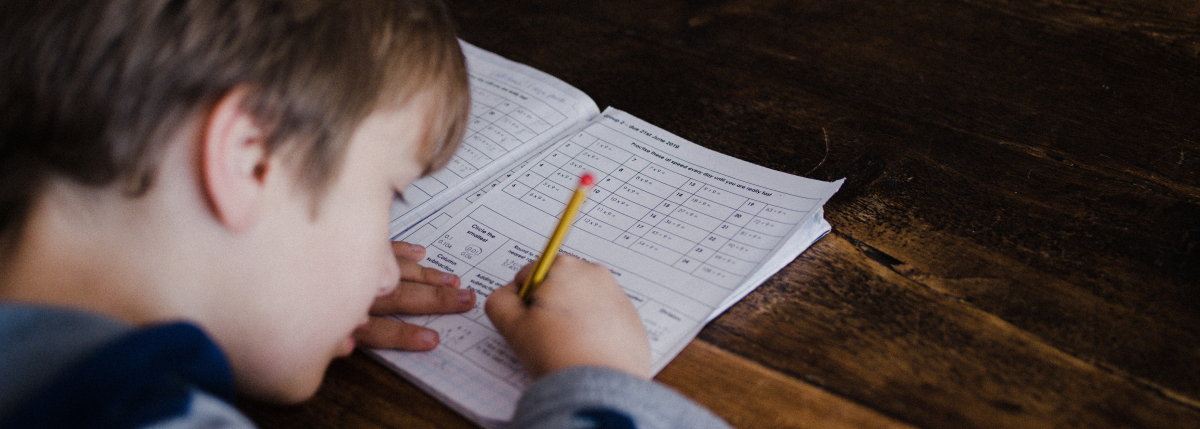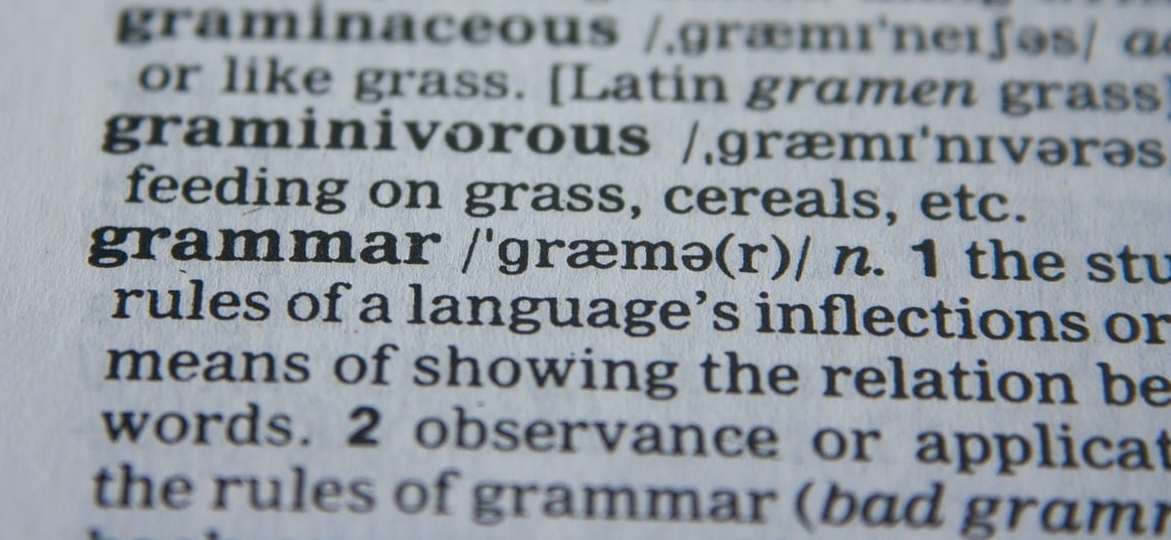In this article, we’re going to go into detail on French negation. If you’ve got unanswered questions on forming negative expressions in French, this is the article for you! We’ll be covering:
- Understanding French negation
- Negative adverbs, adjectives, and pronouns
- Using articles
- Common phrases
Sounds useful, n’est-ce pas ? Let’s get started.
If you wish to learn French to perfection or take the tests DELF, DALF or TCF revising all our french grammar and conjugation worksheets is always a great idea!
What is French negation?
When we form a sentence, it is either affirmative or negative. A sentence like “I went to the theatre” is affirmative, for example, whereas “I did not go to the theatre” is negative.
Negation in English usually hinges on the word “not”. When we want to express French negation, we often have to rely on two words, and they can change depending on the kind of sentiment we wish to express.

How to form negative expressions
To form a sentence with French negation, the basic structure is as follows: ne + verb + pas.
These two small words – ne and pas – are the most common form of negation and we can form a negative expression simply by placing them either side of the verb. Take a look at this example of an affirmative and negative sentence:
- J’aime apprendre le français (“I like learning French”)
- Je n’aime pas apprendre le français (“I do not like learning French”)
Notice that the ne shortens to n’ when it precedes a vowel. In spoken French, this ne can even disappear altogether and many people would simply say: j’aime pas apprendre le français (although we hope we can change your mind if that is the case!).
Negative adverbs
While ne… pas may be the classic form of negation, there are many other ways to express negation in French using negative adverbs. The following phrases are used in the same way as described above:
- Ne…jamais – never
- Ne…nulle part – not anywhere
- Ne…plus – anymore
This set of negative adverbs can be used in the position of pas, after the verb:
- Pas encore – not yet
- Pas du tout – not at all
- Pas toujours – not always
Negative adjectives
There are lots of adjectives that can be used to express French negation, too. Although they are positioned in the same way as the first set of negative adverbs we looked at, negative adjectives are different in that they must agree with the noun they describe.
The two main choices are:
- Aucun(e) – any
- Nul(le) – any
Note that nul can only be used with uncountable nouns.
Let’s look at a couple of examples:
- Je n’ai aucun intérêt (“I don’t have any interest”)
- Je n’ai trouvé nulle eau (“I didn’t find any water”)
Negative pronouns
There are two main pronouns that can also be used to express French negation. These are:
- Rien – nothing
- Personne – nobody, anybody
Check out this example of them both in use and their placement:
- Personne n’a rien vu (“Nobody saw anything”)

Articles in negative expressions
Now we’ve seen how to form French negation, let’s see how it affects our use of articles.
When we use a definite article, such as le, la, l’, or les, negation has no effect, and the articles remain intact. This is also true of contractions such as au, aux, du, and des. For example:
- J’ai les billets (“I have the tickets”)
- Je n’ai pas les billets (“I don’t have the tickets”)
Things change when we use indefinite articles – un, une and des – and other variations, such as du, de la, de l’, and des. These types of articles transform into de or d’ when they follow the French negation.
- Il a des enfants (“He has children”)
- Il n’a pas d’enfants (“He doesn’t have children”)
The only exception to this rule is after the verb être (“to be”), in which case the article remains.
Using n’importe
This negation is worth singling out because it is widely used and can be a little tricky for newcomers to the language. When we use n’importe in French, we are expressing “no matter” or “any”. Notice that there is no need for pas in this type of negation. Here’s an example of it in use:
- Fais-le n’importe comment (“Do it in any way”)
- On peut venir n’importe quand (“We can visit anytime”)
Common expressions
If you’re still learning the ropes of incorporating French negation into your French, you can still express a wide range of negative expressions by using set phrases. There are lots of common expressions that use negation in French, and here are just a few:
- Pourquoi pas – why not
- Pas vraiment – not really
- Pas du tout – not at all
- Pas de problème – no problem
- N’est-ce pas ? – isn’t it so ?
- Pas trop – not too much
- Pas encore – not yet
Use a few of these the next time you speak French, and you’ll sound like a native!
Studying with GlobalExam
That’s a lot of information to digest! If you’re looking for more information on French negation and would like to test yourself out putting it into practice, GlobalExam is the place for you. Our e-learning platform walks you through French negation and many other grammar topics in bitesize chunks.
If you’re ready, why not go and test out your new knowledge on one of French negation exercises? Practice makes perfect!
We also have written an article about comparative and superlative adverbs in French for your review. For a comprehensive learning you can refer to the list of all types of French adverbs and examples of phrases.



